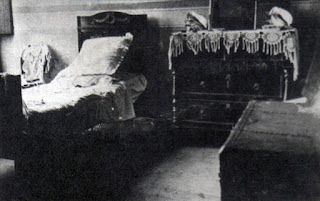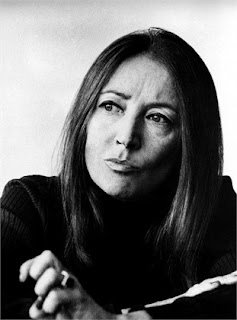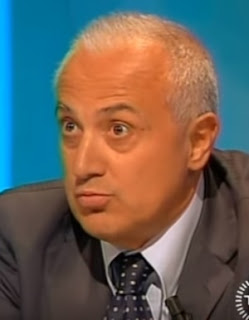Reputation tarnished by links with Mussolini
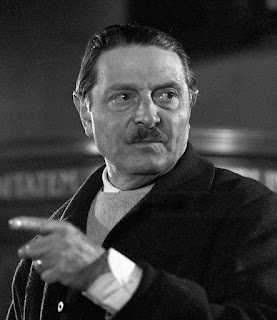 |
| Alessandro Blasetti was one of the first directors to use the techniques of neorealism in his films |
Alessandro Blasetti, the film director sometimes referred to
as ‘the father of Italian cinema’ for the part he played in reviving the film
industry in Italy in the late 1920s and 30s, was born on this day in 1900 in
Rome.
In his directing style, Blasetti was seen as ahead of his
time, even in his early days. His films
were often shot on location, used many non-professional actors and had the
characteristics of the neorealism that would make Italian cinema famous in the
post-War years.
Yet he will forever be seen by some critics as an apologist
for Fascism, a charge which stems mainly from his support for at least part of
the ideology of Benito Mussolini, which led to a number of his films being
interpreted as Fascist propaganda, although the evidence in some cases was
rather thin.
The son of an oboe professor at Rome’s Accademia Nazionale
di Santa Cecilia, Blasetti graduated in law from the Sapienza University of
Rome. Married in 1923, his first job
was as a bank clerk but after a year he began to work as a journalist and wrote
the first film column to appear in an Italian national newspaper.
He used his position to campaign for a revival of film
production in Italy, which at that time had largely ground to a halt, despite
Rome having been a major hub of the silent movie industry before the First
World War.
 |
| Adriana Benetti and Gino Cervi in a scene from Blasetti's 1942 film Quattro pasi fra le nuvole |
Blasetti helped begin the resurgence with his first movie,
Sole – Sun – in 1929, with a storyline set against the real-life draining of
the Pontine Marshes, south of Rome, a project organised by Mussolini.
Mussolini applauded the end result, declaring it to be ‘the
dawn of the Fascist film’. Financed through a co-operative, it was not a
commercial success yet it was significant in that Mussolini saw film as a way
of spreading his message and would later invest much state funding in the
Italian film industry.
Blasetti’s early neorealism was clear in 1860, a film made
in 1934 about Garibaldi’s campaign to unite Italy as seen through the eyes of
two peasants, again with much location filming and imbued with the same kind of
visual starkness that would be associated with Luchino Visconti, Roberto
Rossellini, Vittorio De Sica and others in the post-War years.
It can be argued that several of Blasetti’s 1930s films are
critical of the Fascist regimes. Vecchio guardia - The Old Guard - recounts
Mussolini’s 1922 March on Rome, which led to his ascension to power.
Ironically, it was criticised by some in the Fascist government for having too
few scenes of public enthusiasm for Il Duce.
 |
| Blasetti pictured in 1965 |
Blasetti, however, did not discourage Mussolini’s interest
in his work and took every opportunity to lobby for state funding and support.
One outcome was the construction of the large, state-of-the-art Cinecittà
studios in Rome, which would give Italian filmmakers the resources to make a
real impact.
A marked shift to neorealism came with Quattro pasi fra le
nuvole – Four Steps in the Clouds – his 1942 story of a married salesman who
agrees to save the honour of a pregnant girl he meets on a train by presenting
himself to her family as her husband.
As well as his films, Blasetti’s notable contribution to
Italian cinema was as founder of the school that was to become the Centro
Sperimentale, Rome’s noted film study centre archive. He died in Rome in 1987.
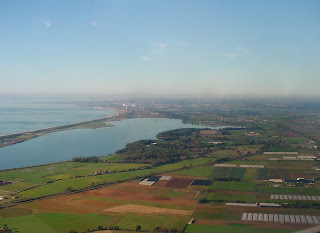 |
| Coastal lakes or lagoons typify the Pontine Marshes |
Travel tip:
The Pontine Marshes is a reclaimed area of land south of
Rome, bordered roughly by the Alban Hills, the Lepini Mountains, and the
Tyrrhenian Sea. It was a marshy and malarial
area that several emperors and popes tried unsuccessfully to drain and until
the early part of the 20th century it was inhabited by just a
handful of shepherds. However, in 1928 the Fascist government drained the marshes, cleared the vegetation and built new towns, notably Littoria (now
Latina) in 1932, Sabaudia in 1934, Pontinis in 1935, Aprilia in 1937, and
Pomezia in 1939. By the Second World War the only untouched area was the Monte
Circeo National Park. The area is now the most productive agricultural region
in in Italy.
Travel tip:
The Centro sperimentale di cinematografia – the Italian
national film school - was established in 1935. The oldest film school in
Western Europe, it is still financed by the Italian government. It is located near
Cinecittà, about 10km (6 miles) south-east of the centre of Rome along Via
Tuscolana.





